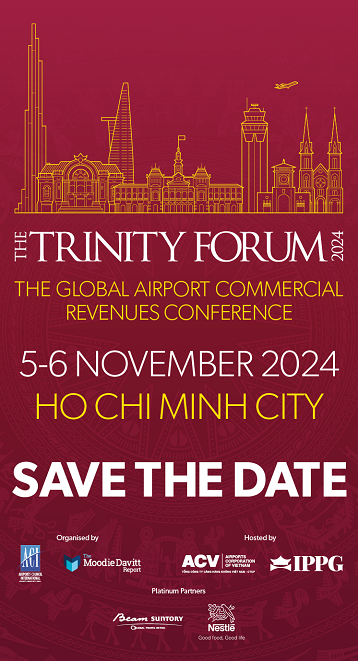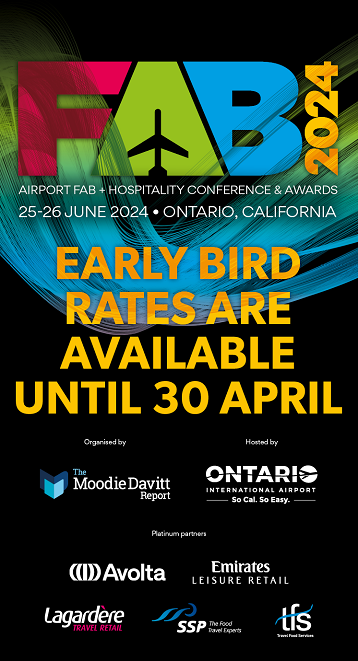INTERNATIONAL. Global passenger traffic increased +5.2% in June compared to the year-before period, as measured in revenue passenger kilometres (RPKs).
However, the International Air Transport Association (IATA) said upward momentum had weakened in the face of moderate economic growth and the impact of terrorism.
June capacity rose +5.6% but load factor slipped 0.3 percentage points to 80.7%.
Industry-wide RPKs grew by +6.0% year-on-year in the first half of 2016 – slightly ahead of the +5.9% increase seen in the same period in 2015. However, adjusting for the leap year, IATA estimated that traffic grew by +5.4%, which it said was broadly in line with the average pace seen over the past decade.
In the first half of the year, industry-wide load factor was 79.2%, 0.2 percentage points lower than the record high seen in 2015. According to IATA, it has been stable at around 80% for the past five months as airlines have slowed capacity growth in line with slowing demand.
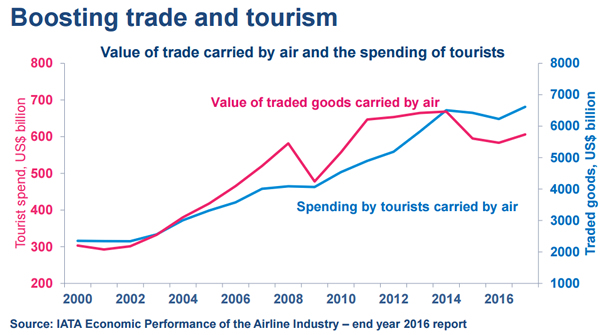
International traffic
International passenger demand in June rose +5.0%. All regions recorded growth, led by airlines in Latin America. Capacity climbed +6.4%, causing load factor to slide 1.1 percentage points to 79.4%.
In Europe, IATA said the upward trend in seasonally-adjusted traffic had paused in recent months, and traffic grew by just +2.1% year-on-year during the month. Terrorist attacks have caused disruption and deterred travel, it noted.
“Typically, demand tends to recover reasonably quickly after such shock events, but the repeated nature of recent actions suggests that impacts may persist this time – to the detriment of certain markets,” said IATA. “Uncertainty following the ‘Brexit’ vote in the UK is also expected to hit European airlines and markets the hardest in the coming months.”
Capacity climbed +3.4% in Europe and load factor dropped 1.1 percentage points to 83.3%.
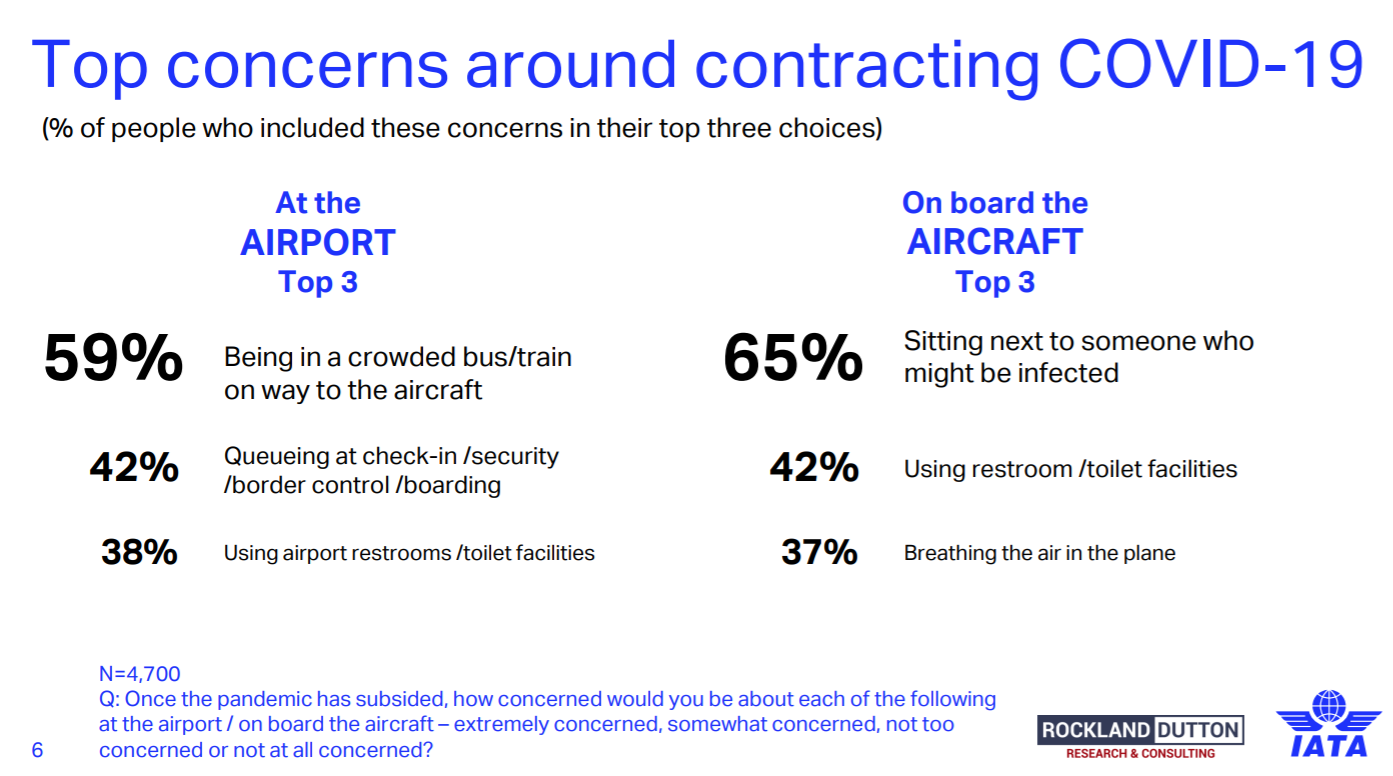
International traffic flown by Asia Pacific airlines grew by +8.2% year-on-year. However, most of this growth related to the strong upward trend in seasonally-adjusted traffic seen in the final months of 2015 and into 2016, IATA said. The upward trend has flattened since, with June passenger volumes “barely higher” than in February.
“This could simply relate to demand pausing for breath, but is also a possible sign of Asian passengers being put off by terrorism in Europe,” the association stated. “Passenger traffic on the Europe-Asia route fell by -2.6% year-on-year in May, and it has been the weakest performing major route so far in 2016.” Capacity rose +7.3% and load factor was up 0.6 percentage points to 78.2%.
Middle Eastern carriers posted a +7.5% traffic increase, which was well down on the double-digit growth recorded earlier in the year. IATA said this could be due to the timing of Ramadan, “which tends to depress traffic growth”. Capacity rose +14.3%, which caused load factor to fall 4.4 percentage points to 69.9%.
International traffic among North American airlines grew +4.0%, up on the +0.5% year-over-year growth recorded in May. Capacity climbed +4.7%, causing load factor to dip 0.6 percentage points to 84.3%; still the highest among regions.
Latin American airlines reported a +8.8% rise in demand, which IATA said suggested that carriers there had “flown out of the soft patch seen in the first quarter”. Capacity increased by +5.2% and load factor rose 2.7 percentage points to 82.4%.
African airlines’ traffic climbed +4.7%, an indication that the strong upward trend in demand that began in the second half of 2015 had paused, according to IATA. Capacity rose +7.4%, with the result that load factor slipped 1.7 percentage points to 64.4%; the lowest among regions.
Domestic traffic
Demand for domestic travel increased +5.7% year-on-year in June. Capacity increased +4.3%, causing load factor to rise 1.1 percentage points to 83.2%. All markets reported demand increases with the exception of Brazil, IATA said.
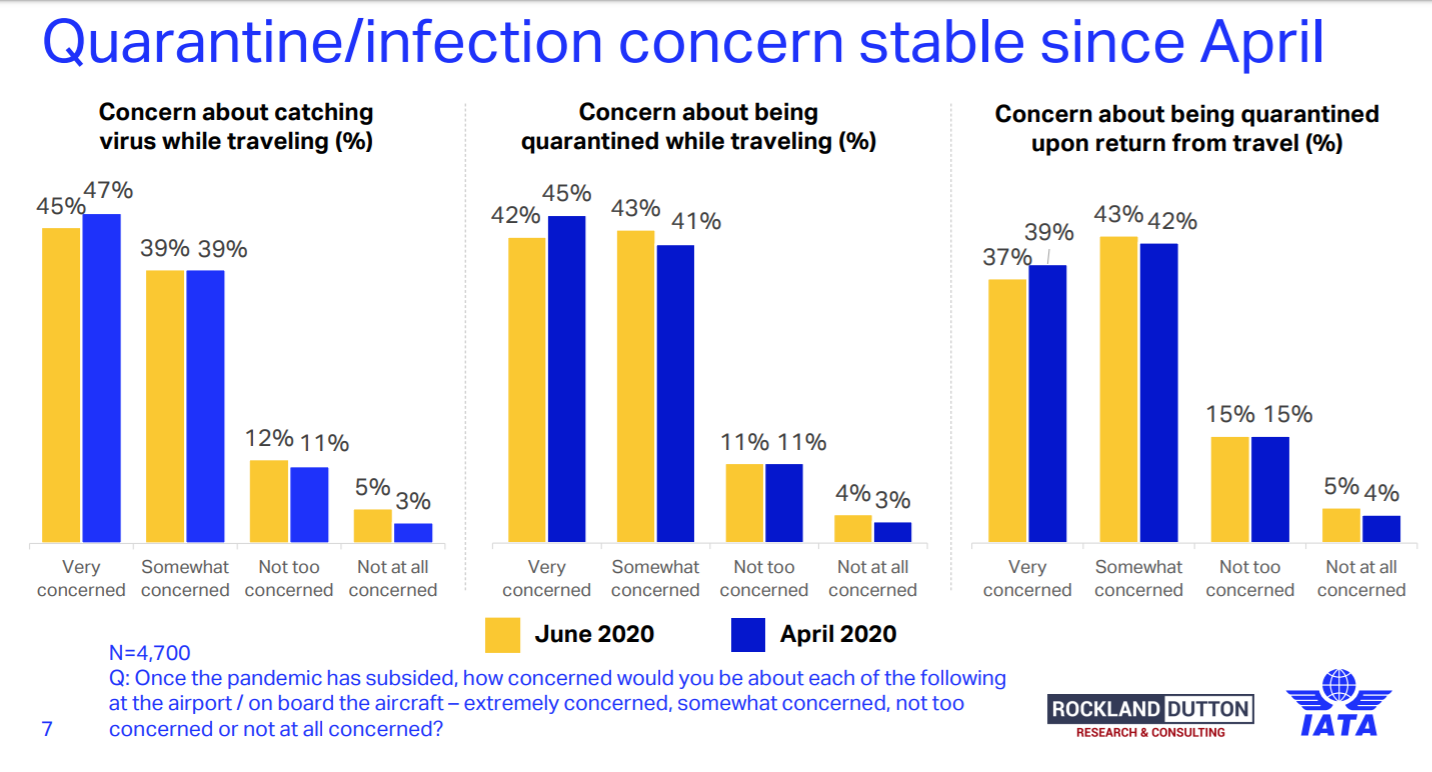
India continued to lead all markets with a +23.3% rise in domestic traffic. The association attributed this to strong growth in real consumer spending as well as to the fact that airlines are adding airport pairs and frequencies.
Australia’s airlines recorded a -3.6% decline in capacity, with fewer frequencies operated and a downsizing of aircraft taking place in recent months, according to IATA. Load factor surged 4.9 percentage points to 79.4% on a +2.8% increase in traffic.
“The latest figures show that aviation and aviation related tourism delivers US$2.7 trillion in economic impact and supports some 62.7 million jobs worldwide. It is a powerful force for good in our world,” commented IATA Director General and CEO Tony Tyler.
“It is too soon to know whether recent terrorist attacks will have a long-term negative influence on demand, nor what will be the impact of Brexit and the events in Turkey. But it is vital that governments recognise and support aviation’s ability to contribute to global economic wellbeing and better understanding across cultural and political borders.”








